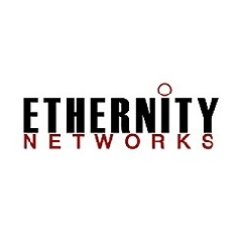Executive Summary
Communications service providers (CommSPs) are growing more confident in the ability of network functions virtualization (NFV) to deliver carrier-grade voice and data services. This is thanks to the maturing NFV ecosystem and the growing number of virtualized customer premises equipment (CPE) deployments and trials of virtualized core network applications.
Now CommSPs are looking to virtualize very high throughput systems such as broadband remote access servers (BRAS). A BRAS is a dedicated device in a service provider network in which multiple internet traffic sources converge for connection to the access network. The BRAS (also known as a broadband network gateway, or BNG) must terminate subscriber point-to-point protocol over Ethernet (PPPoE) tunnels and routing traffic to and from digital subscriber line access modules (DSLAMs).
Ethernity Networks Ltd (LON:ENET) is a leading provider of networking and security software solutions on Field Programmable Gate Arrays (FPGAs), incorporated into SoCs, SmartNICs, and network appliances. Ethernity was founded in 2004 and has its technology deployed in over 600K systems worldwide, connecting over 100M end users.


